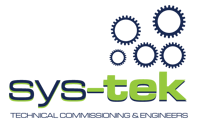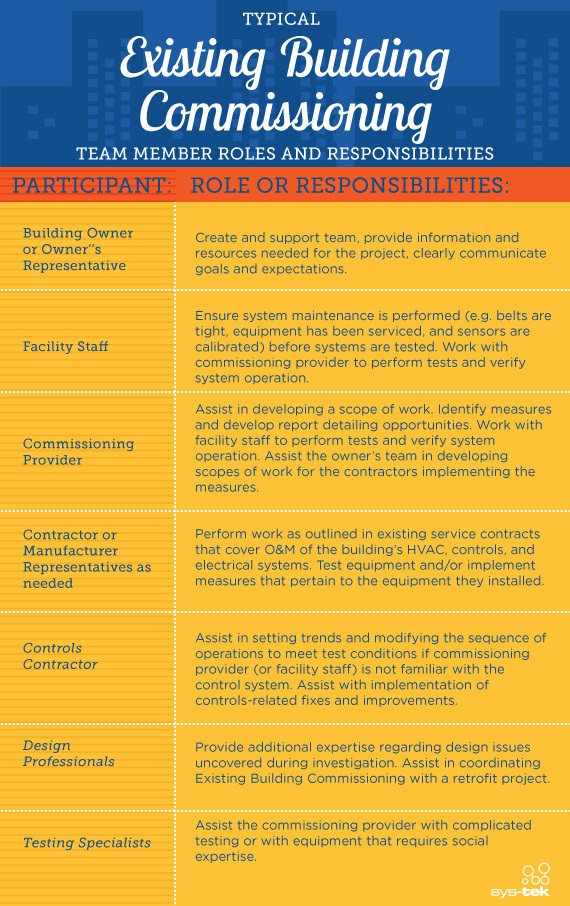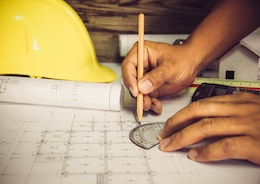Let’s Do Something “Stimulating”
Jul 24, 2009
These days, most people are tired about hearing the words “stimulating the economy”. If you are like me, you’d rather see the results from all the stimulation instead of hearing people talk about it. To that end, we have been involved with a couple of projects at a very preliminary stage where “stimulus” grants are being developed. So I suppose maybe the stimulation is beginning. But why wait when you can do some things to stimulate the economy right now, and save money at the same time?
It has been my observation that in times where people are reluctant to invest in new facilities because of the economy, they are more interested in updating the facilities they already have. This is especially true if they can improve their operating efficiency at the same time.
North Kansas City Hospital has grown immensely from its original 80 bed facility in 1958 to its current 72-acre campus containing hundreds of patient rooms. They got there by a series of projects over the year that kept adding another building to the existing building. Pretty soon, they have mechanical rooms, chiller plants, and boiler plants in several locations on the campus. No matter how good your maintenance staff is, it is hard to keep up with all that equipment, even with today’s sophisticated control systems.
We have worked with NKCH over the years to help solve mechanical performance issues and to identify areas where energy performance can be improved. As part of a recent project, we retro-commissioned 39 air handling units and implemented Demand Control Ventilation (DCV). DCV assures that indoor air quality is maintained in critical spaces, while minimizing outdoor air usage. Minimizing outdoor air is important in Kansas City, because on days like today, when the dewpoint approached 80°F, it takes an amazing amount of energy to cool outdoor air to comfortable indoor air conditions.
This retro-commissioning / DCV project has resulted in at least $120,000 in annual energy savings, with an 18-month payback. More importantly, I think about the impact this change has on people like the receptionist that sits in the NKCH Pavilion. Until this project was completed, outdoor air was sucked into the Pavilion lobby, turning the space into an uncomfortable furnace (in the summer) or a meat locker (in the winter). Today, this space is properly pressurized, and the receptionist is much more comfortable – just think how much more productive their employees are when they are comfortable!
This is just one example of how someone can stimulate the economy and improve their own situation. If you are ready to do some stimulating of your own, but you aren’t sure what you should consider doing, try these ideas:
Change your warehouse lighting from metal halide or sodium vapor lighting to industrial T5 fluorescent lamps with motion detectors. Lighting levels will be maintained or improved, but use up to 75% less energy, depending on how often the motion detectors turn off the lights.
Change out your large, old electric motors to premium efficiency motors. Motor efficiencies have improved over the last 20 years, and if your motor is running 24 / 7, you can quickly pay off the cost of a new motor. Replace your motor starter with a variable speed drive. Variable drives are nearly the same cost as a combination motor starter disconnect switch, and has the added bonus that it can run your motors at slower speeds, saving energy 24 / 7. Remember to have a test and balance or commissioning professional help you set the proper speed or control strategy.
Install a Building Automation System to automate, monitor, and control your mechanical systems. The BAS will help you get the most out of your mechanical assets, operating them at their most efficient conditions. Of course, when you install a BAS, you also need to make sure it is commissioned to assure that it is operating properly. Controls companies provide a quality product, but it takes a commissioning professional to assure that the system is operating at its optimum efficiency.
Get rid of your domestic hot water tank, and replace it with an instantaneous hot water system. The hot water tank is there so that you can have spare capacity, but it radiates heat continually to the room and is eventually removed by your air handling system. An instantaneous system provides heat on demand, so you no longer need the tank!
If it’s time to replace your condensing units and maybe even your air handling systems, consider installing a chilled water system. While chilled water systems have a relatively high first cost, energy consumption can be 50% less than condensing units, with a longer life expectancy.
Replace your old hot water boiler with a new, high-efficiency hot water boiler. New boilers approach 98% efficiency, while old systems can be as poor as 60% efficient.
Install Demand Control Ventilation (DCV) to reduce the amount of outside air you bring into your buildings, without reducing your indoor air quality.
If you are exhausting huge quantities of air from your building, have an Engineer evaluate your exhaust systems to see if heat recovery is feasible.
Retro-commission your air handling systems, boiler plants, and chiller plants. If your system has never been commissioned, it is likely that it is not operating efficiently. Commissioning can cut your energy costs significantly, often paying for its costs within 18 months.
Of course, these ideas are just a starting point. There are dozens of ways that you can spend a little money on your existing facilities, and greatly improve your operating efficiency. Just doing your small part to stimulate the economy – and keep more of your money in your bank account in the long run!
-Damian Gerstner








